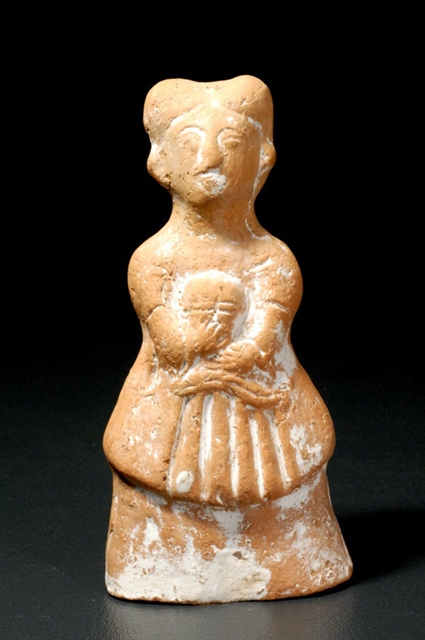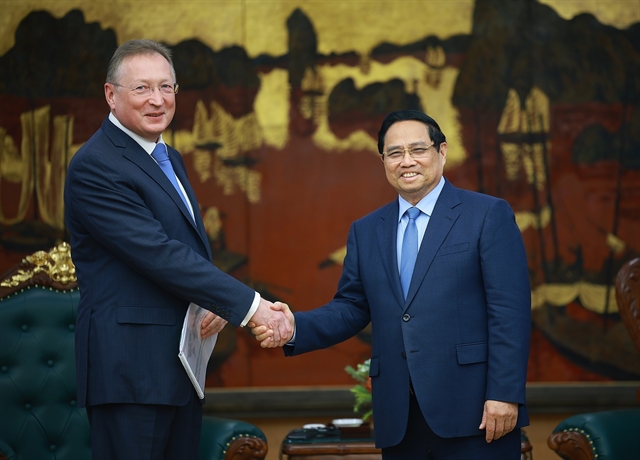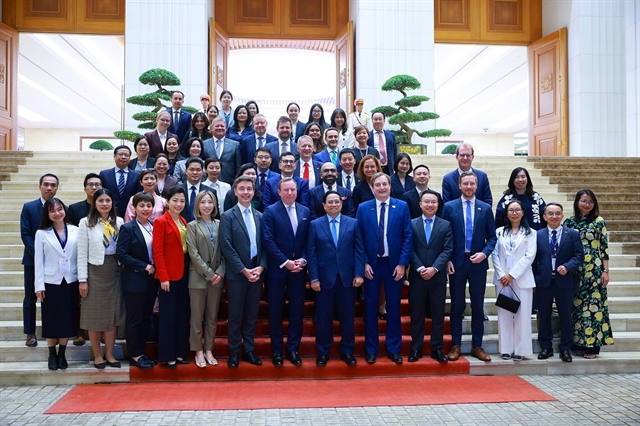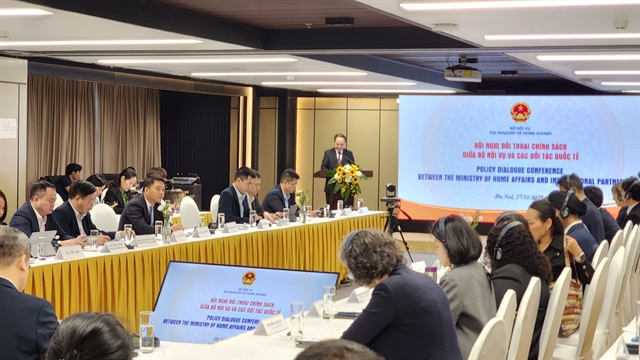 Life & Style
Life & Style


|
| The People’s Committee of Hà Nội is accelerating the unification of the management of Thăng Long Imperial Citadel. Photo hoangthanhthanglong.vn |
HÀ NỘI — The People’s Committee of Hà Nội is accelerating the unification of the management of Thăng Long Imperial Citadel, one of Việt Nam’s eight commitments to UNESCO.
Though Thăng Long Imperial Citadel was recognised as a UNESCO World Heritage Site in 2010, the city has yet to fulfil the commitment to unify the management of the site.
Both management organisations and scientists have expressed their hopes to unify the management of the site to better preserve it.
Unified management
Thăng Long Imperial Citadel covers a total area of 18,353ha and the site is under the ownership of the city of Hà Nội, the Ministry of National Defence and two families who made significant contributions to the national revolutions.
According to the Thăng Long-Hà Nội Heritage Conservation Centre, the city manages 16,654ha now, 91 per cent of the total heritage area.
The remaining area, possessed by sub-units of the Ministry of National Defence, including the Vietnam Military History Museum and a petrol station on nearby Nguyễn Tri Phương Street, and two families who made significant contributions to the national revolutions.
According to an agreement between the Party Committee of Hà Nội and the Central Military Commission, the Vietnam Military History Museum will be relocated and the site will be handed over to the city in 2022.
Meanwhile, Prime Minister Nguyễn Xuân Phúc did not agree with the proposal of retaining the petrol station on Nguyễn Tri Phương Street of the defence ministry.
At the same time, the People's Committee of Ba Đình District and the Department of Construction of Hà Nội are implementing a plan to relocate and compensate two families who manage 0.15ha of the heritage site. They have committed to handing over the land in the next quarter two of this year.
Associate Professor, Dr Tống Trung Tín, Chairman of the Vietnam Archeology Association, said the top concern of UNESCO, authorities and scientists about Thăng Long Imperial Citadel is its unified management.
According to him, Hà Nội has made great efforts in implementing the commitment to UNESCO and has acquired most of the area of the heritage site over the years.
Tín suggested the city work to speed up the unified management on the rest of the area that has not yet been acquired.
Hà Nội leaders have pledged that the city will seriously implement the Government's commitment to UNESCO on the unification of the Thăng Long Imperial Citadel.
The city will work with the Ministry of National Defence to accelerate the construction of a new Vietnam Military History Museum in Nam Từ Liêm District to take over its former location for the heritage site.
Unified management of relics

|
| The statuette of a woman that dates back to the 17th century. It is one of millions of artefacts excavated within Thăng Long Imperial Citadel since 2002. Photo hoangthanhthanglong.vn |
The archaeological excavations of Thăng Long Imperial Citadel since 2002 have unearthed millions of relics of various types from ceramics, chinaware, to metal objects.
On December 4 last year, the People's Committee of Hà Nội and the Vietnam Academy of Social Sciences signed a memorandum of understanding to implement the plan for the handover of all the remaining relics from 2020 to 2025.
Deputy Minister of Culture, Sports and Tourism Hoàng Đạo Cương suggested the items should be handed over as soon as possible.
According to him, although this process has been done for a long time, it is impossible to preserve and display the relics as long as they have not been fully handed over.
The relics are classified into many types, so the receiving and managing unit must evaluate and classify them before building the project for their archaeological display.
Professor, Ph.D Nguyễn Quang Ngọc, Director of Centre for Hanoi Studies and Capital Development said the unified management of Thăng Long Citadel heritage has taken too long and related agencies need to speed up the progress.
He also said that the handover and reception of relics must comply with the Law on Cultural Heritage. VNS




